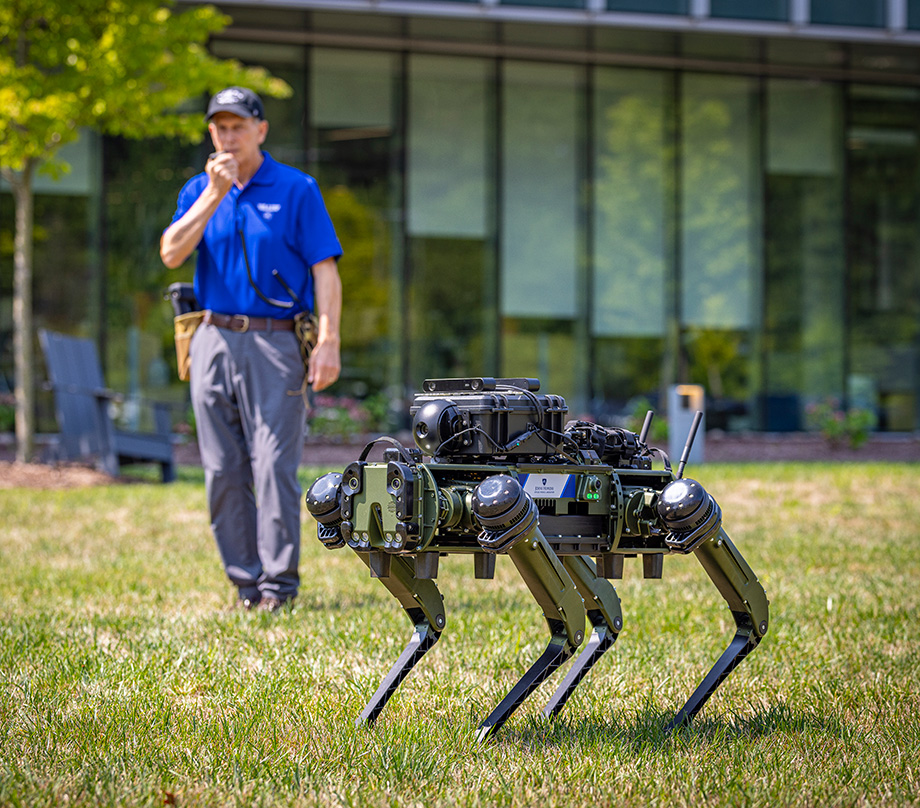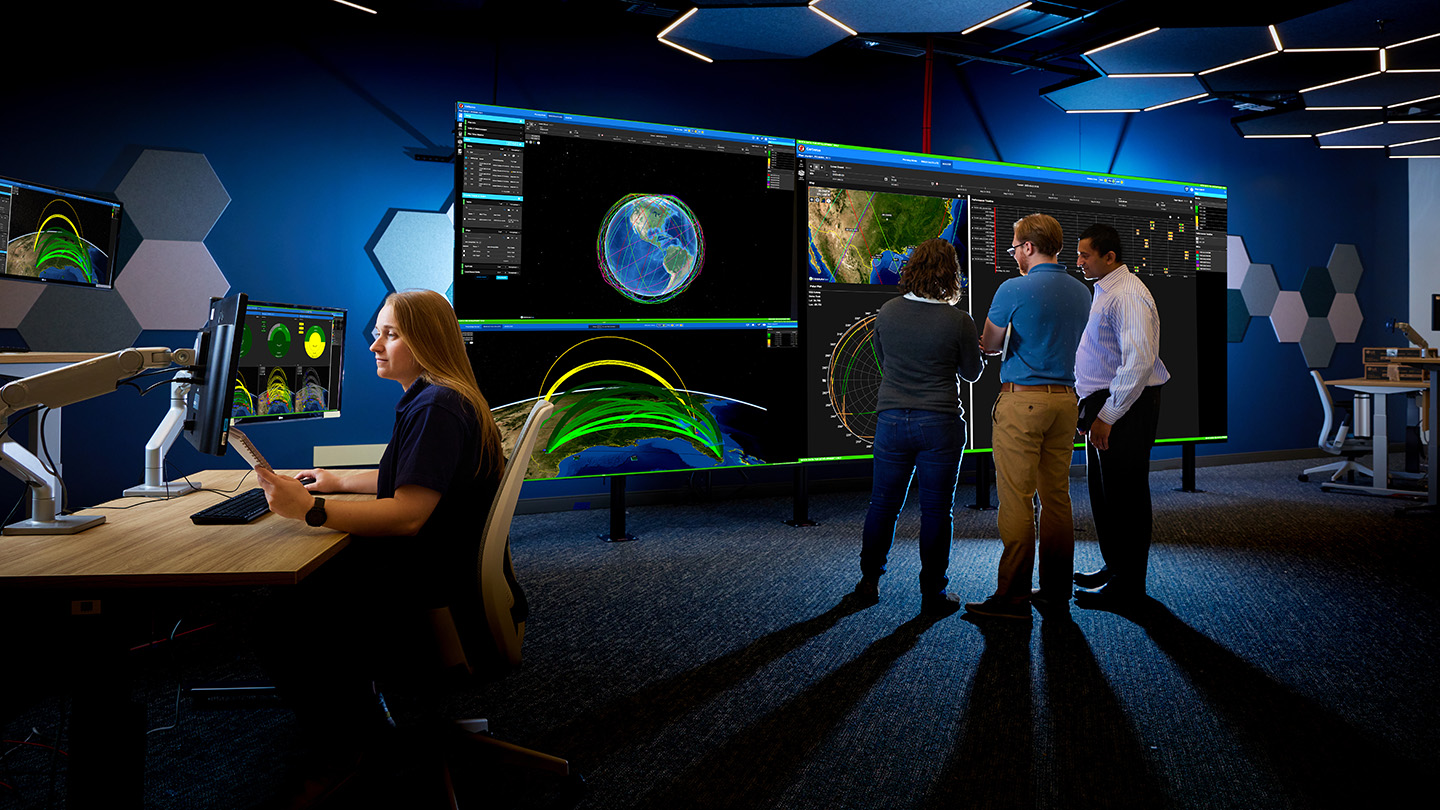Critical
Contributions
to Critical
Challenges
Our Approach
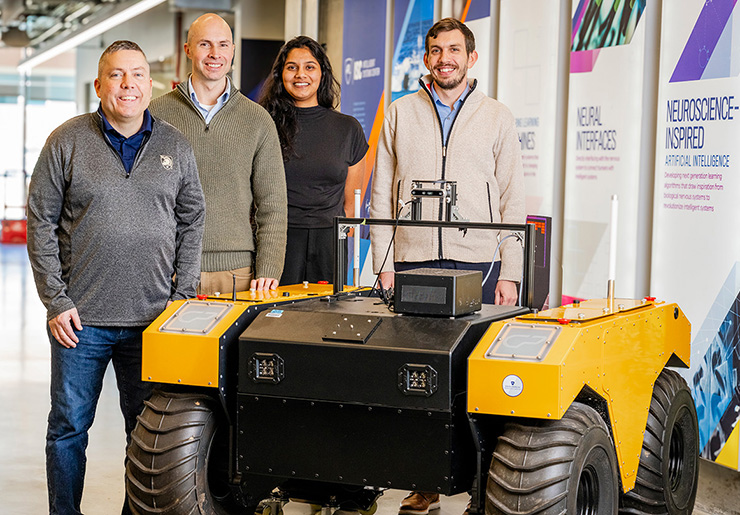
Featured
Training Robots to Plan and React Like Humans
APL researchers are advancing robotic perception by using artificial intelligence to equip autonomous agents with the capacity to make sense of unstructured environments—and make plans just like humans.
Game-Changing Impact
We solve complex research, engineering, and analytical problems that present critical challenges to our nation.
By combining creativity and technical expertise with a culture of risk-taking, we tackle increasingly difficult challenges with impacts across multiple domains.
 Steven Storck Chief Scientist, Additive Manufacturing
Steven Storck Chief Scientist, Additive ManufacturingA unique aspect of working at APL is the ability to leverage technology from seemingly unrelated areas. For example, we can take knowledge we apply to missile defense—responding to measurement inputs very quickly and making adjustments even faster—and apply it to additive manufacturing.
News and Accomplishments
Discover the latest innovations, advancements, and accomplishments from the Johns Hopkins Applied Physics Laboratory.
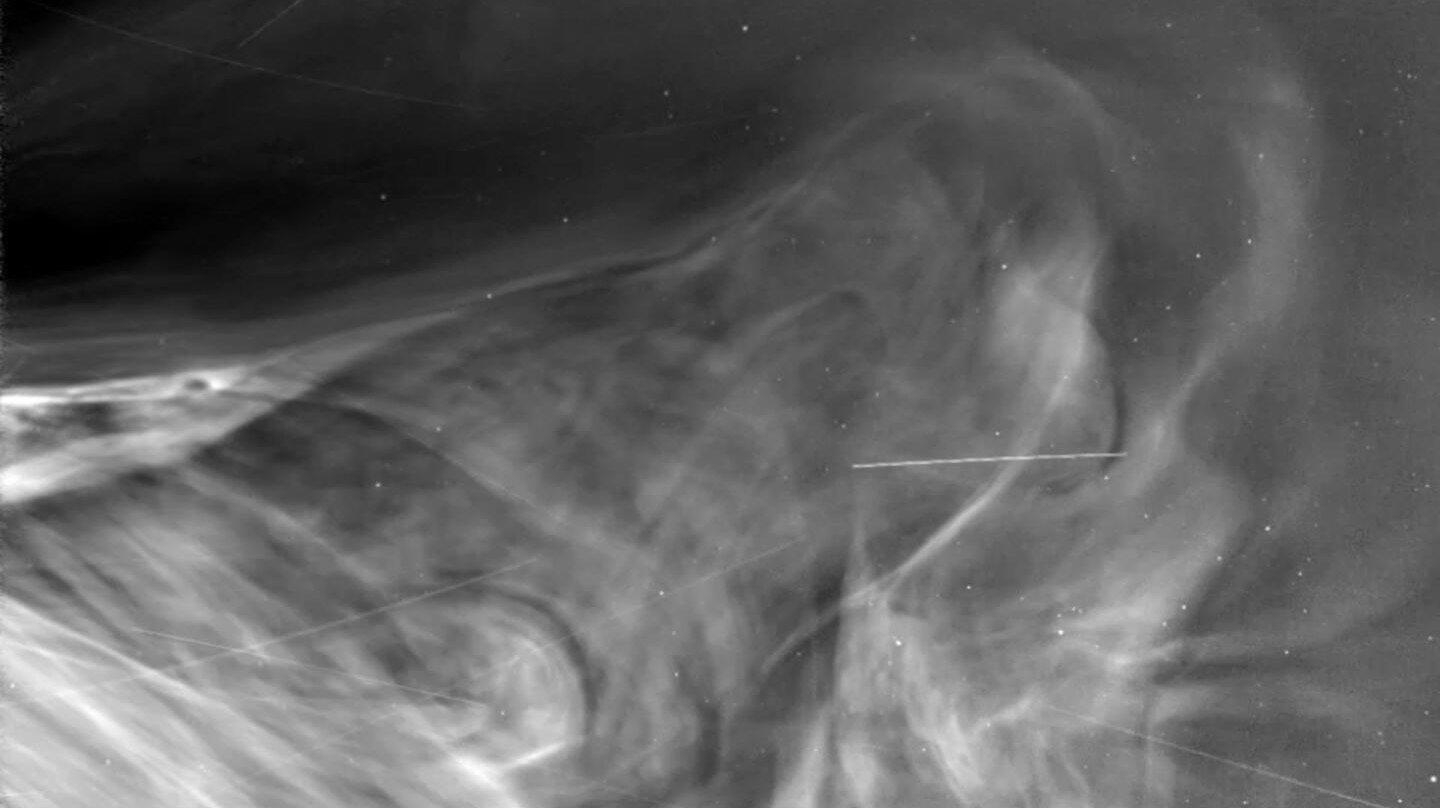

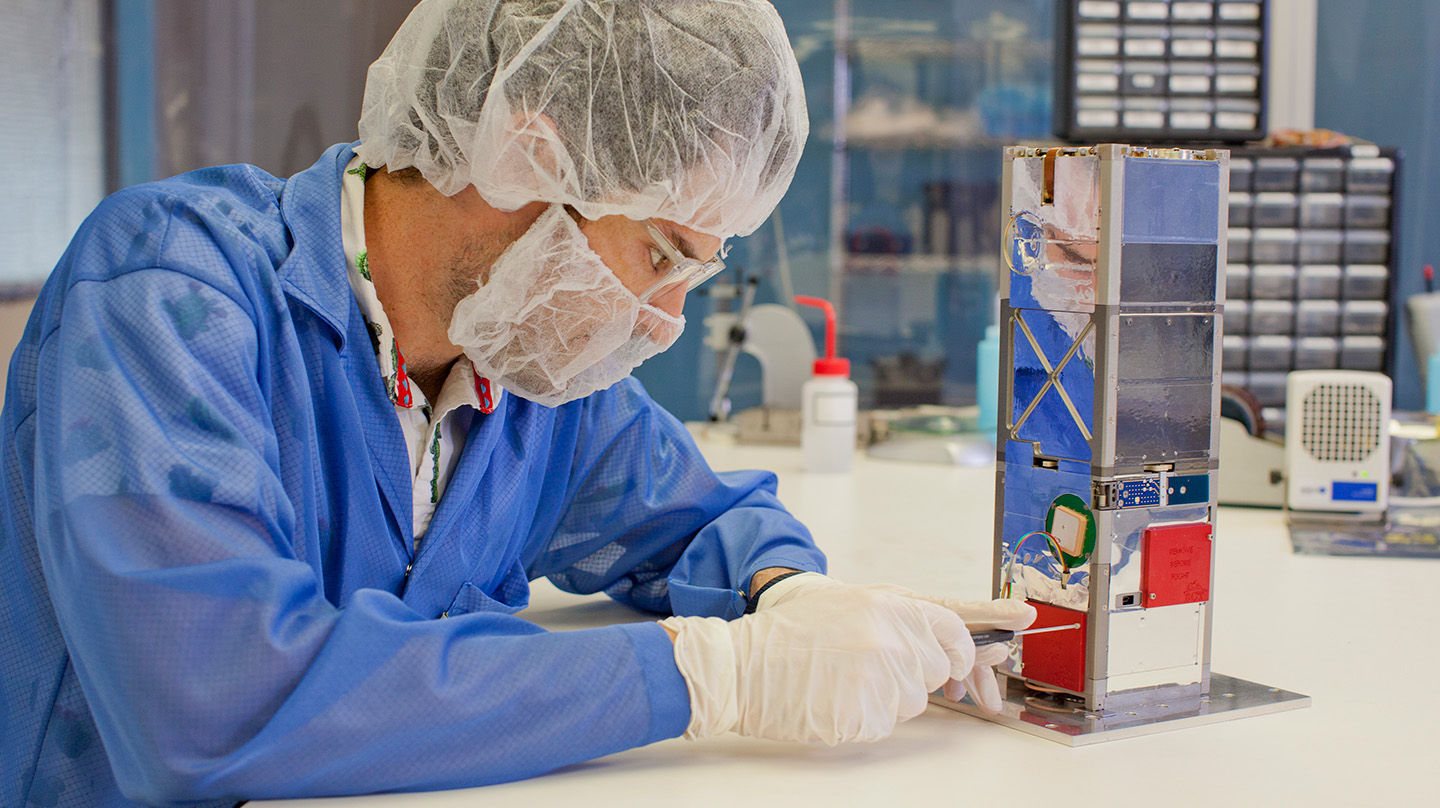
People Culture
We are dedicated to solving complex challenges and pioneering new technologies, but what makes APL truly unique is the culture surrounding the work we do.
We offer a vibrant, welcoming atmosphere where you can bring your whole self to work, continue to grow, and build lifelong bonds with inspiring teammates.
Let’s Solve the Nation’s Challenges Together
